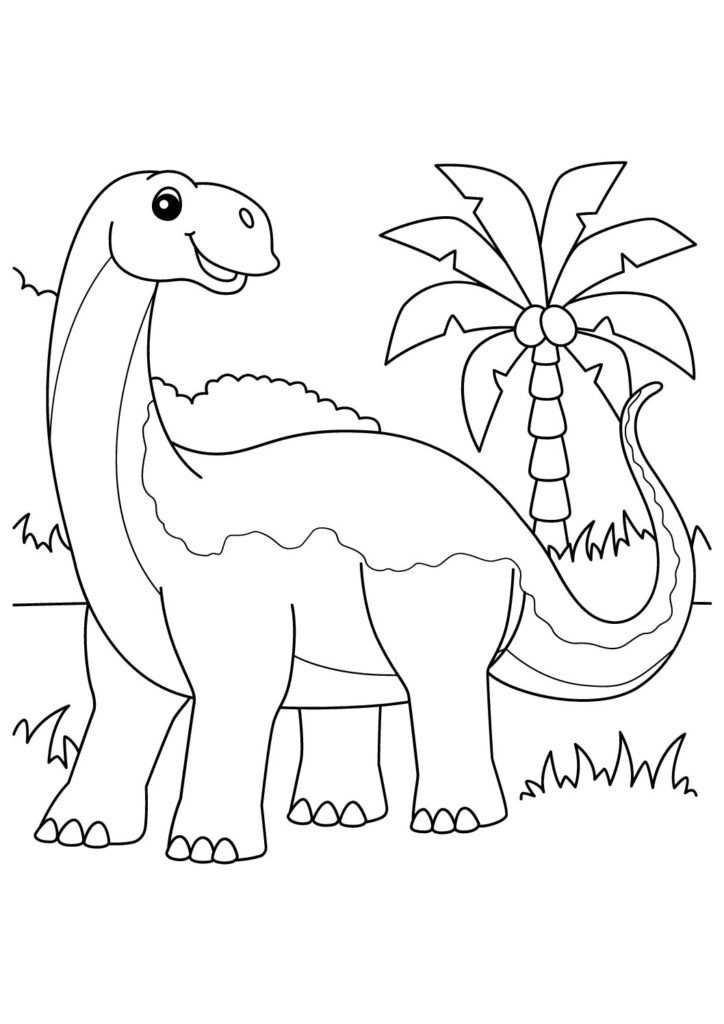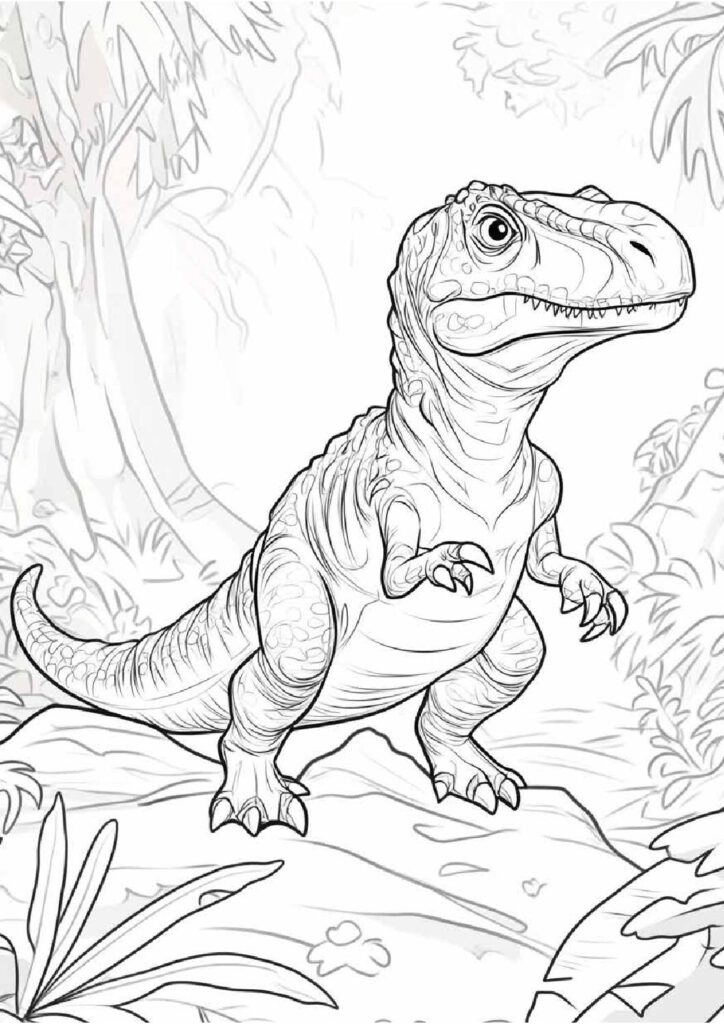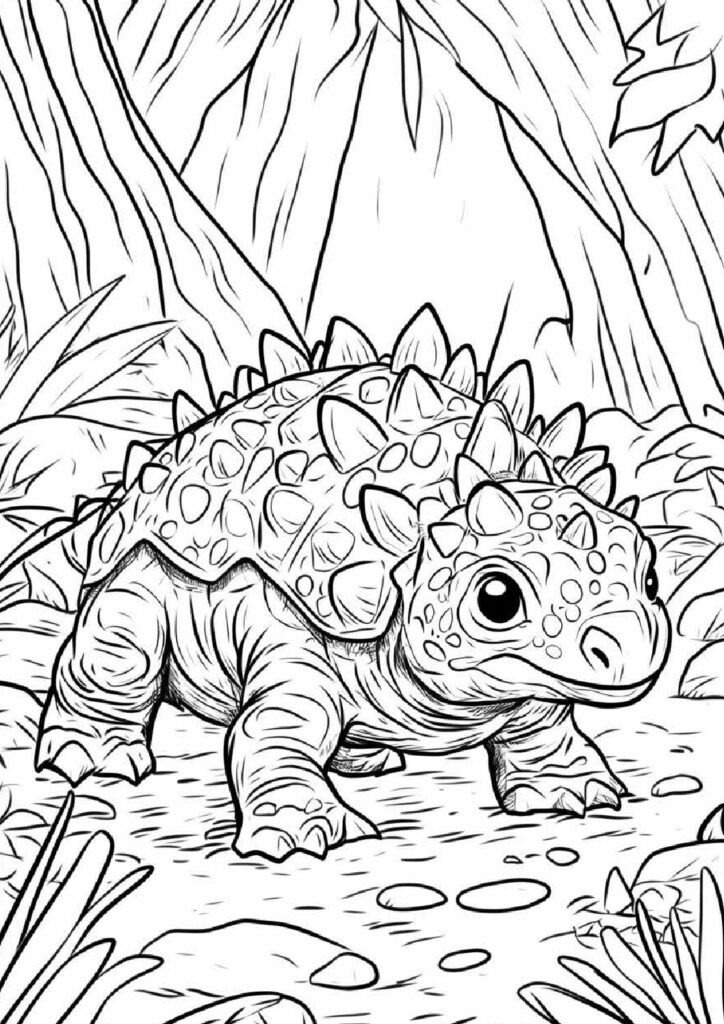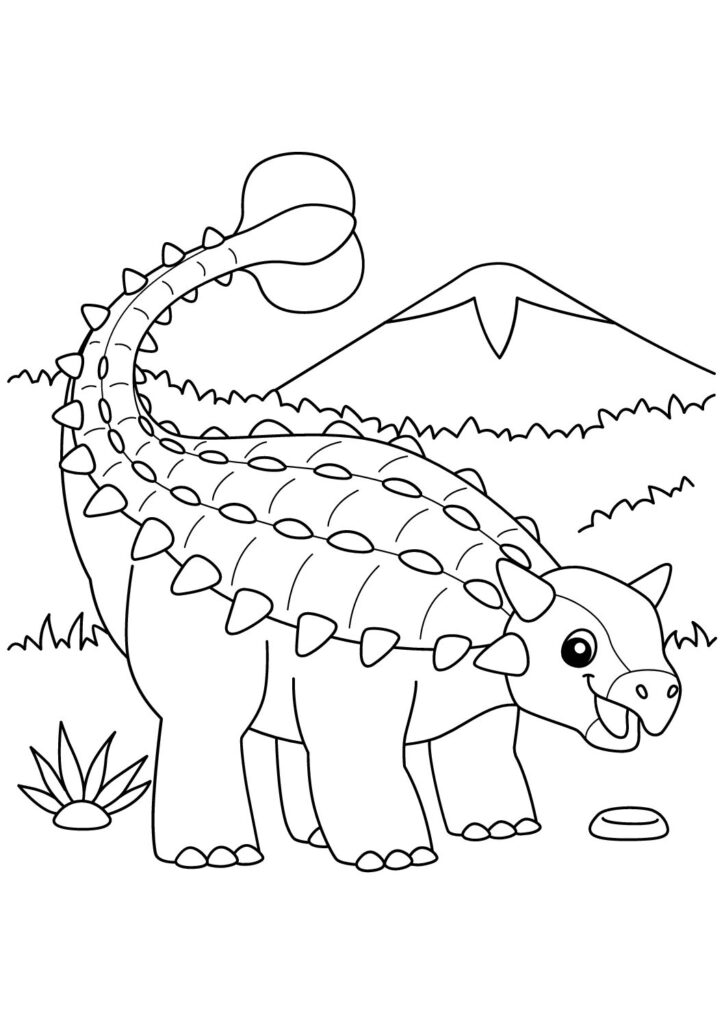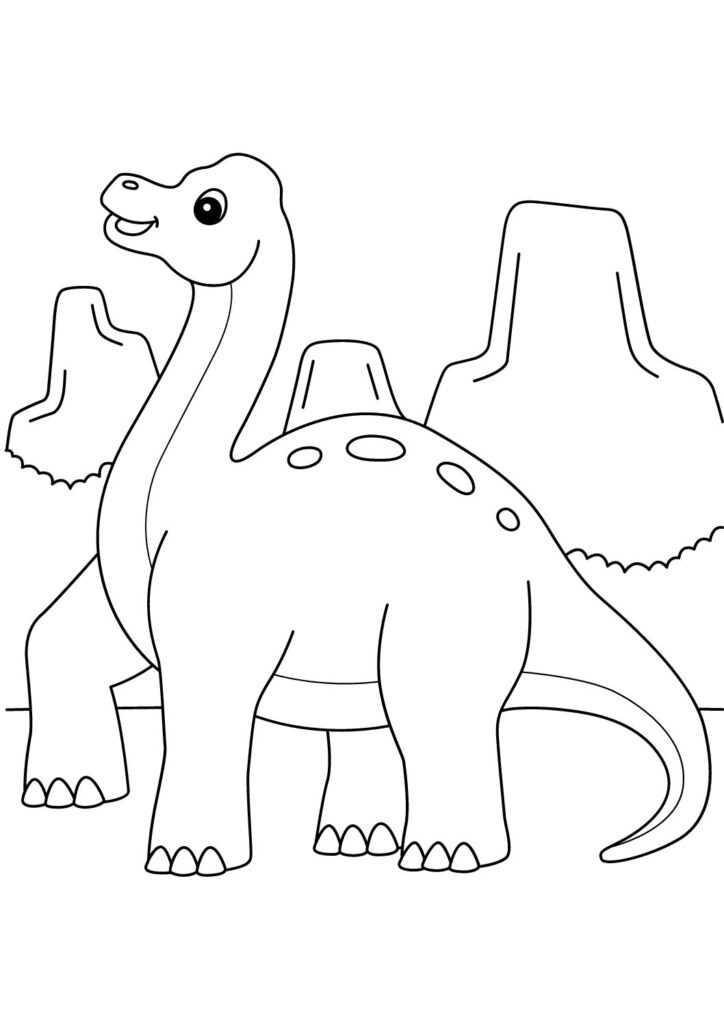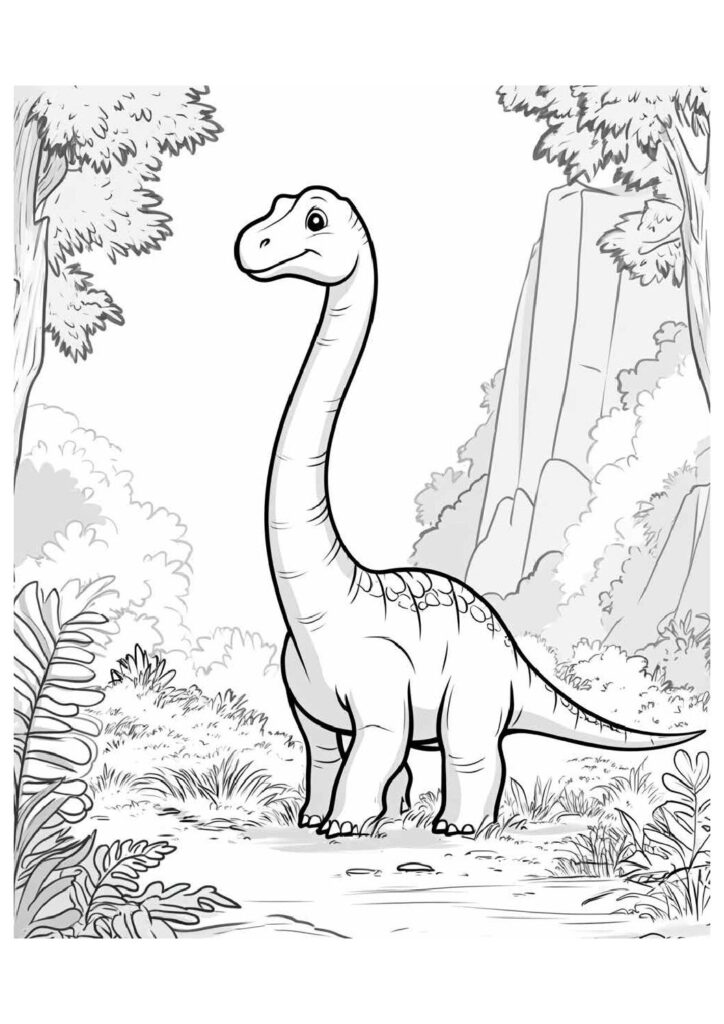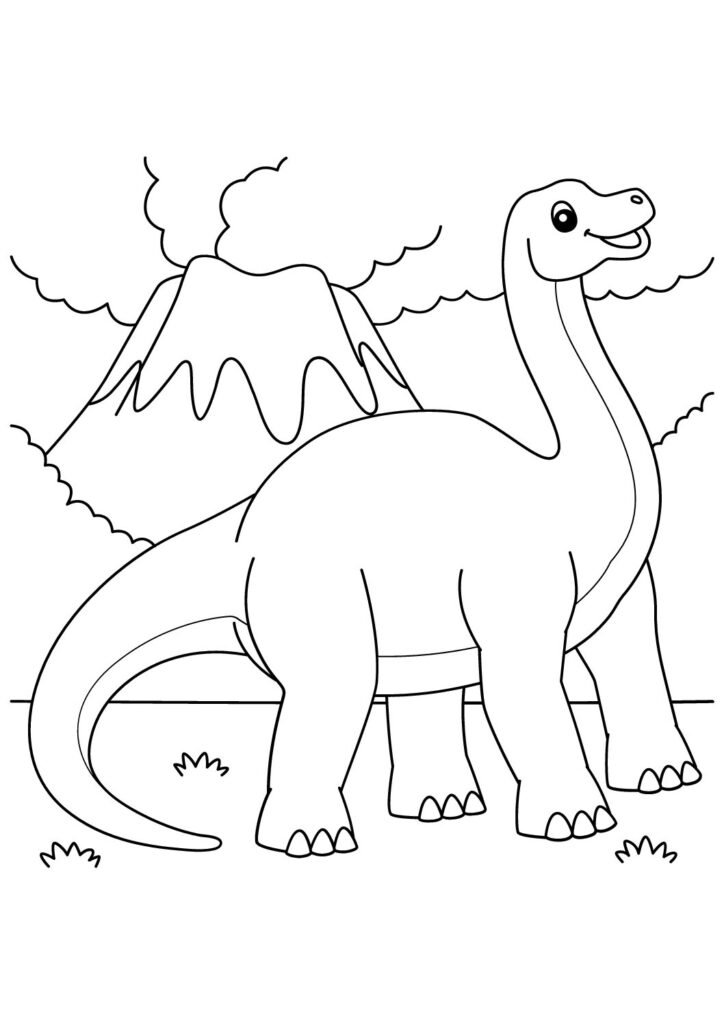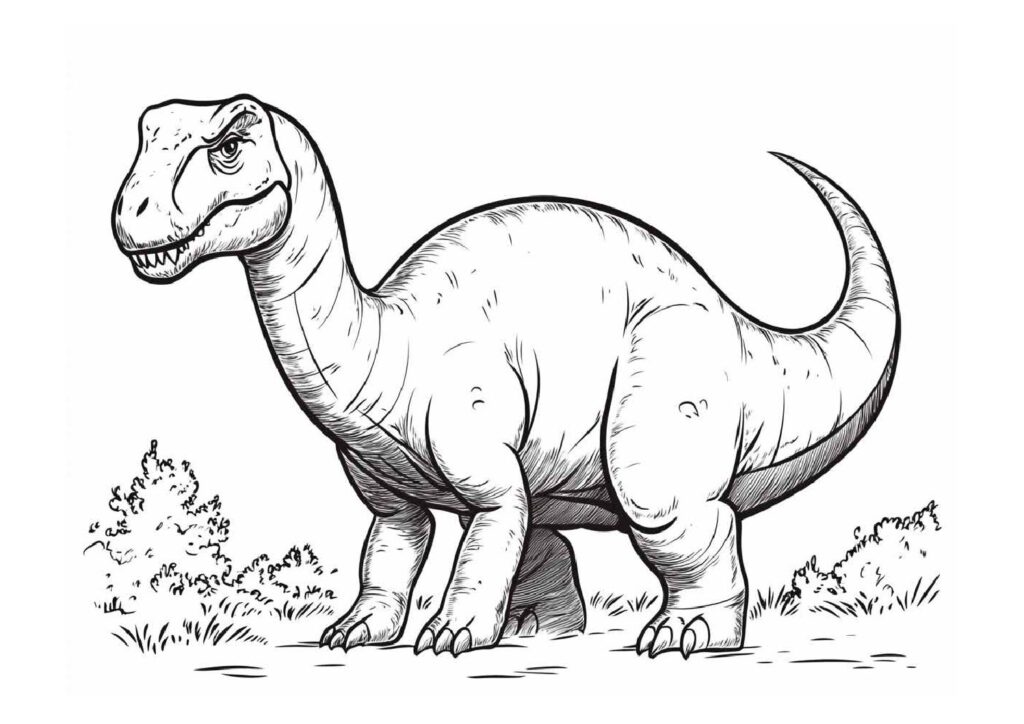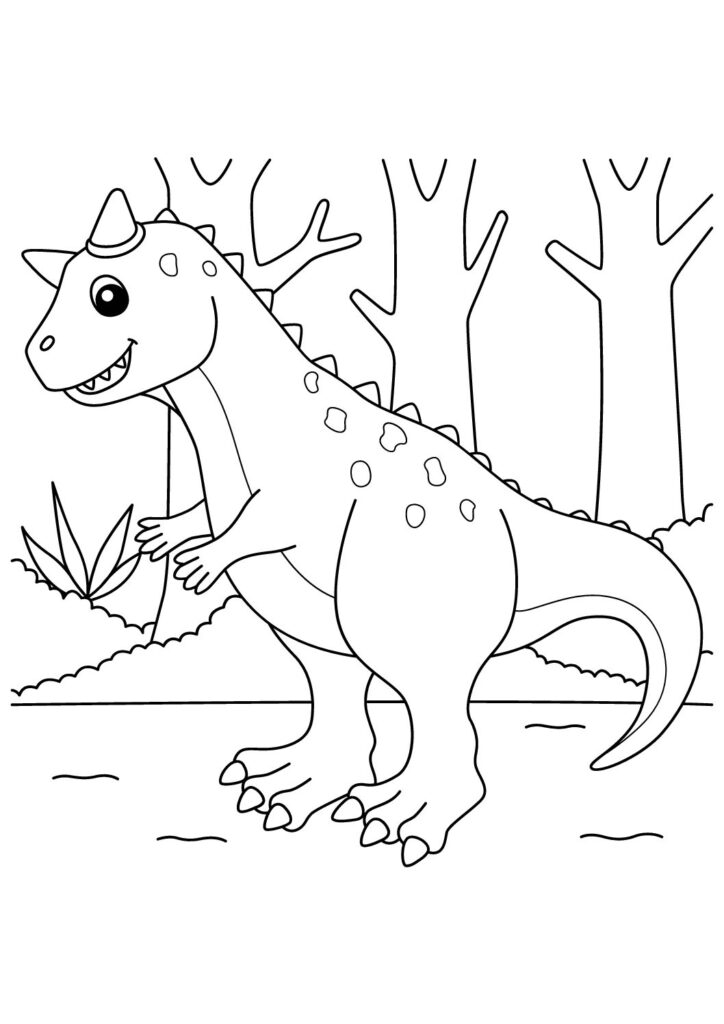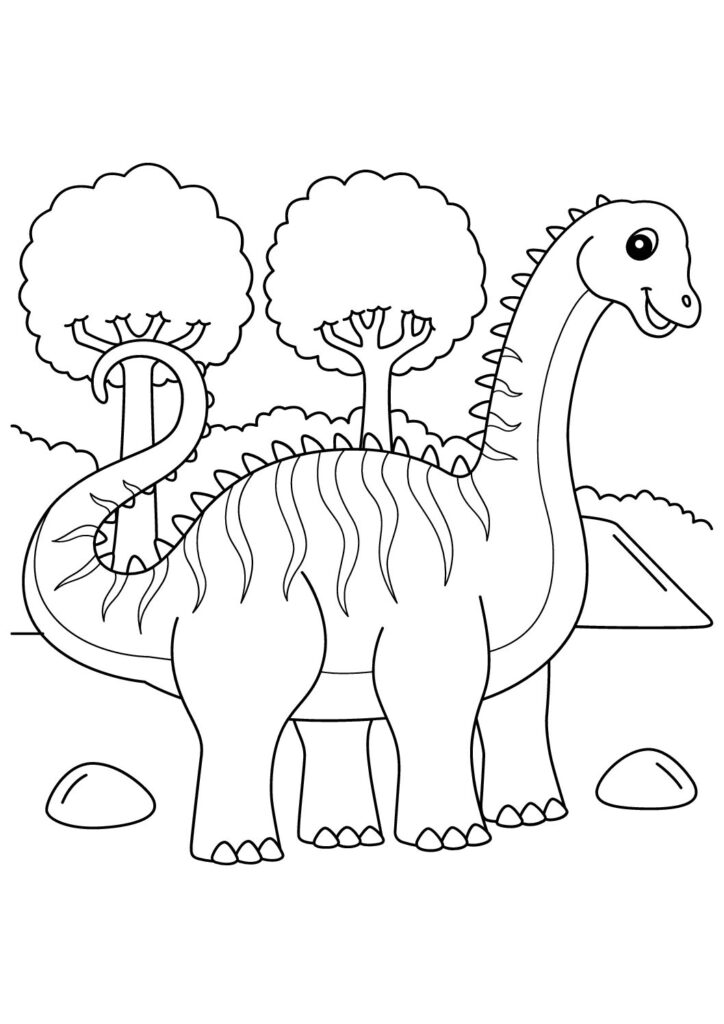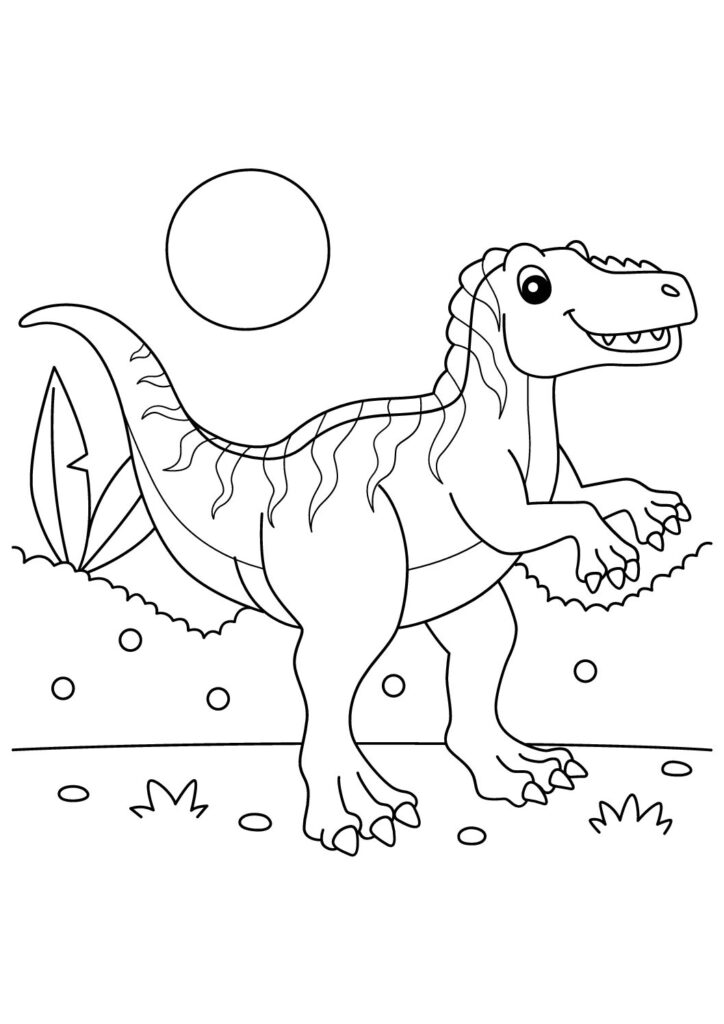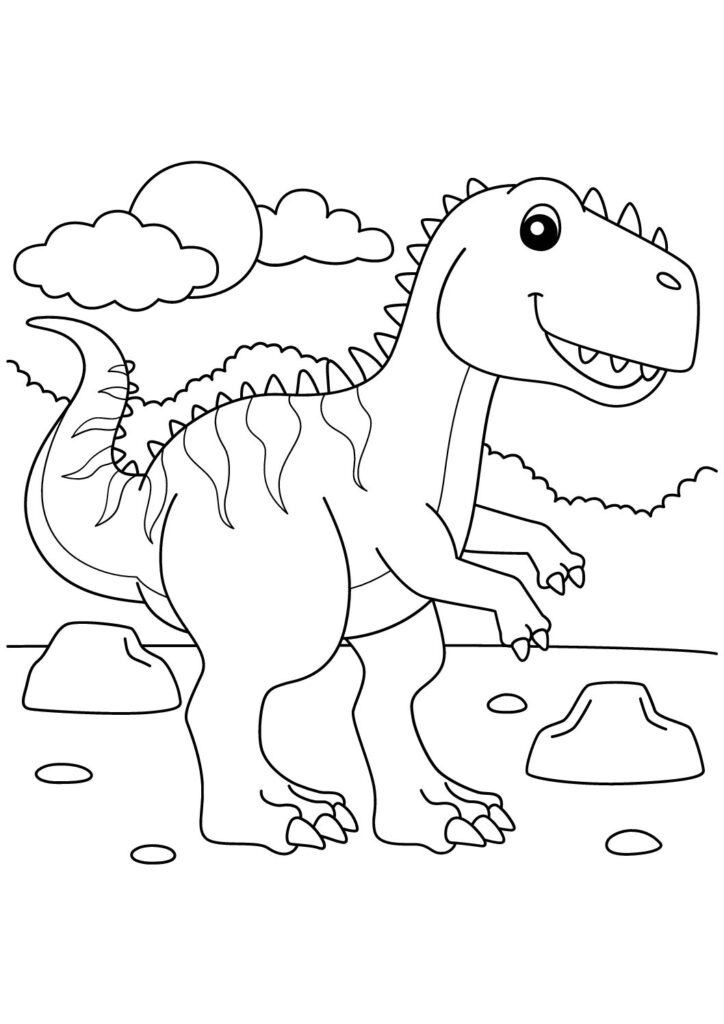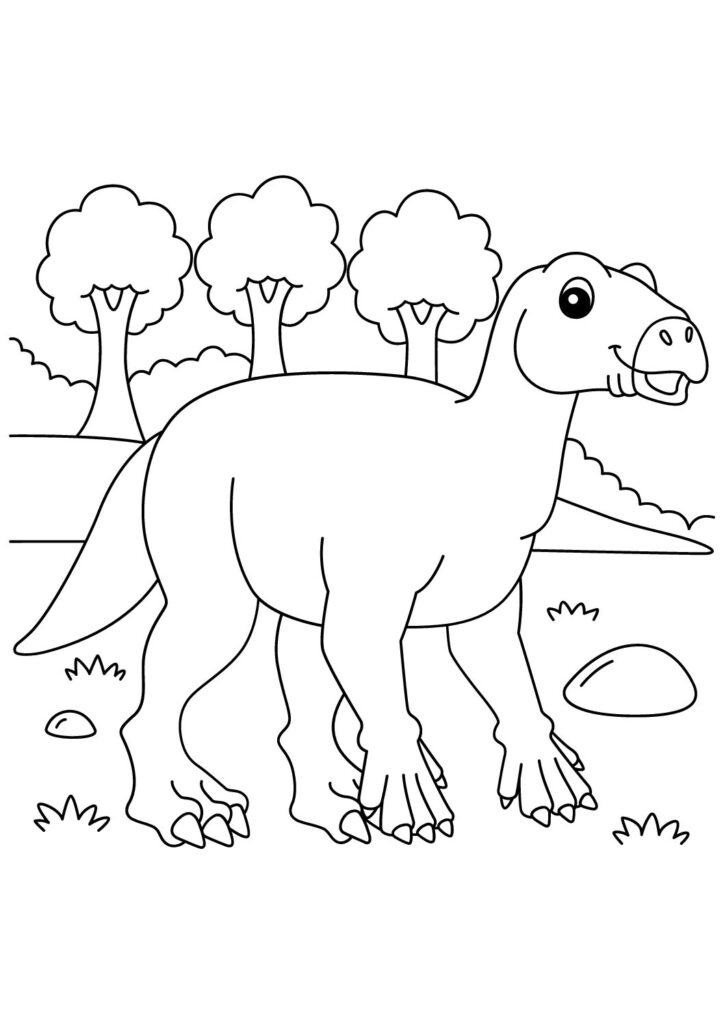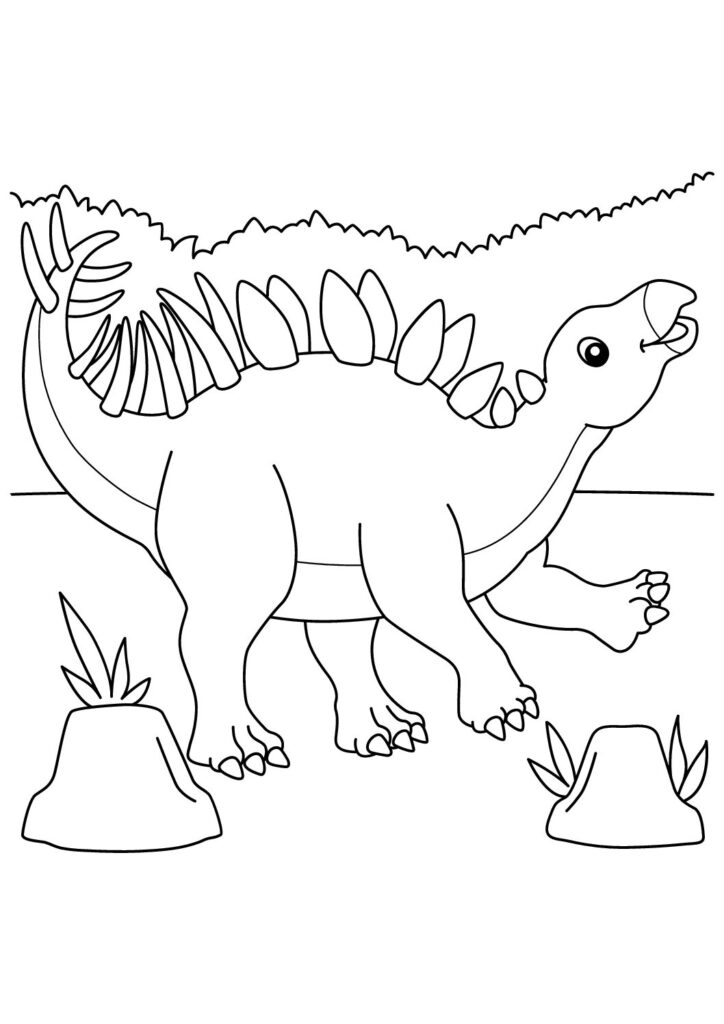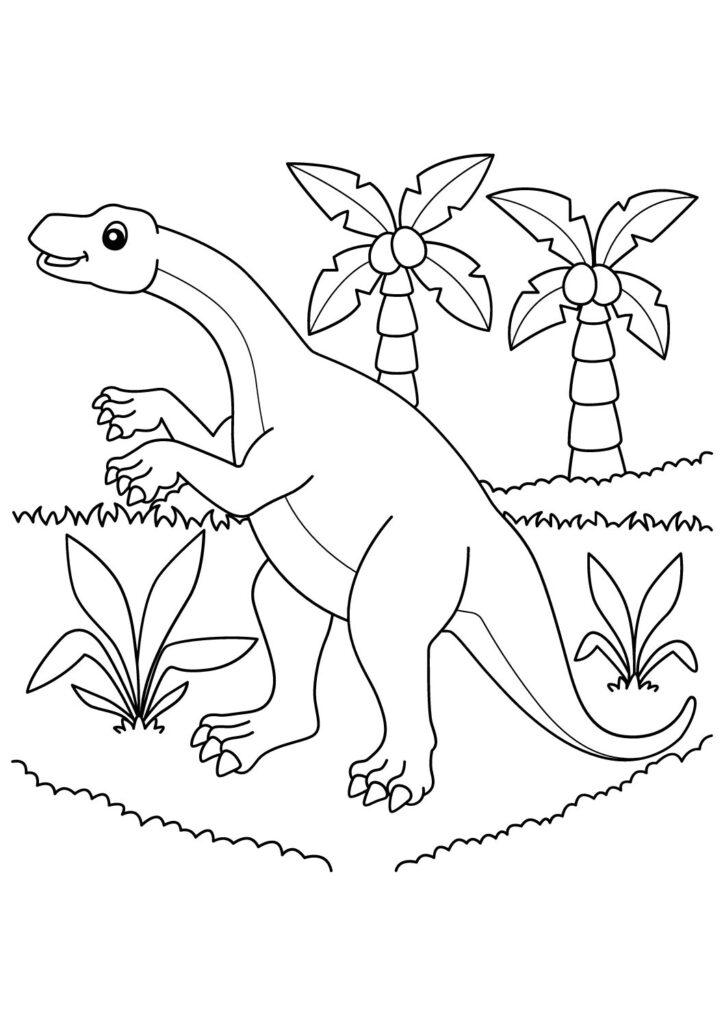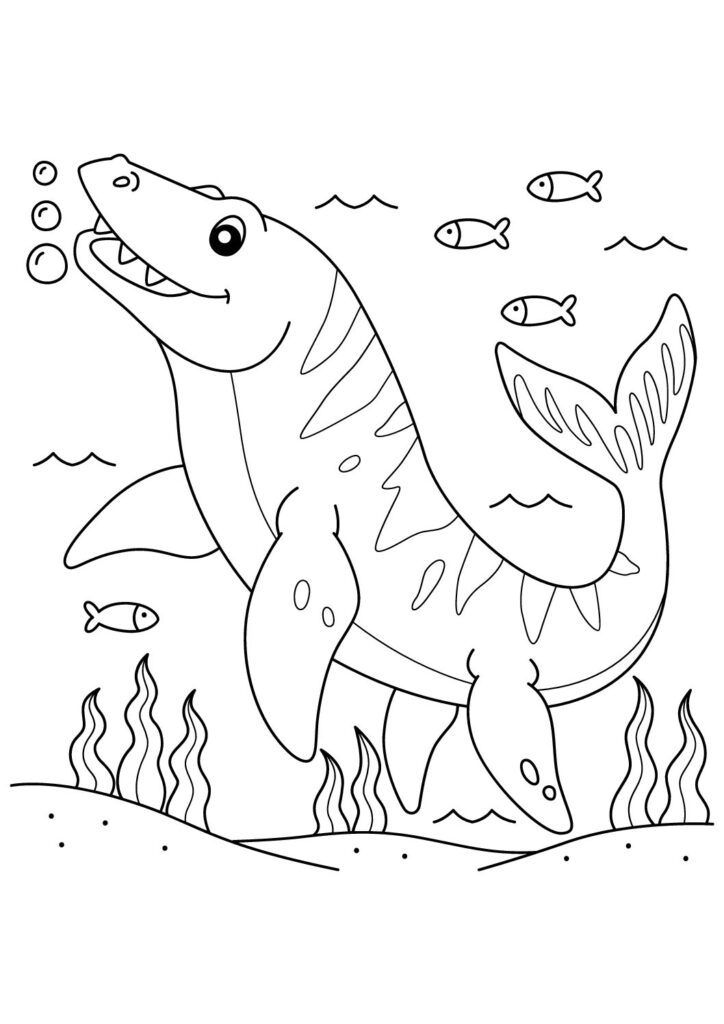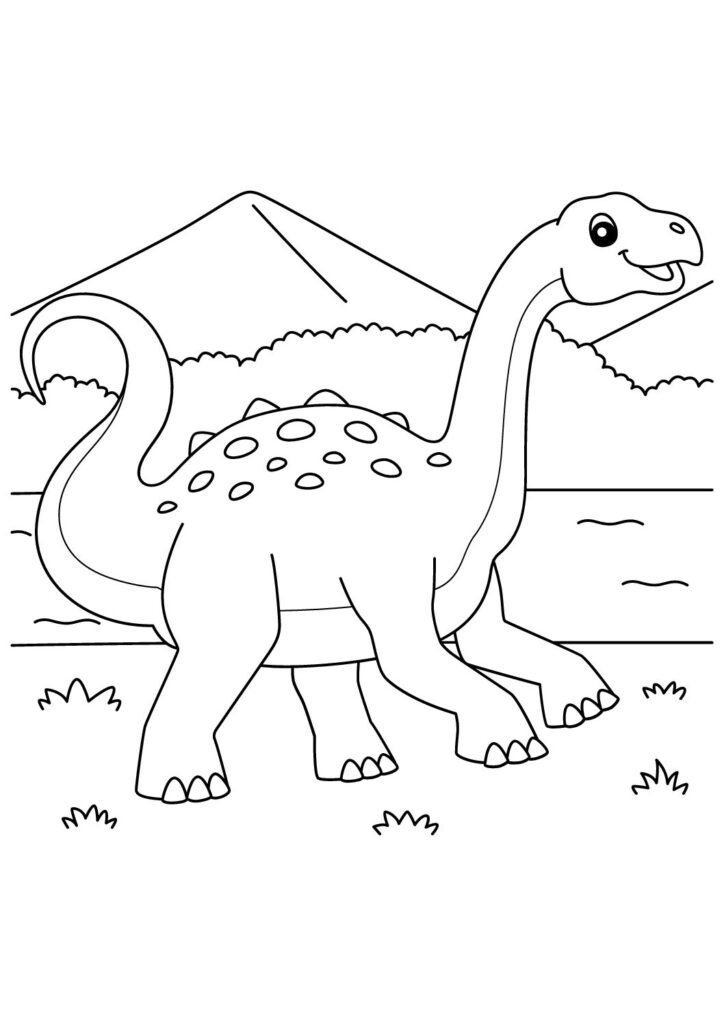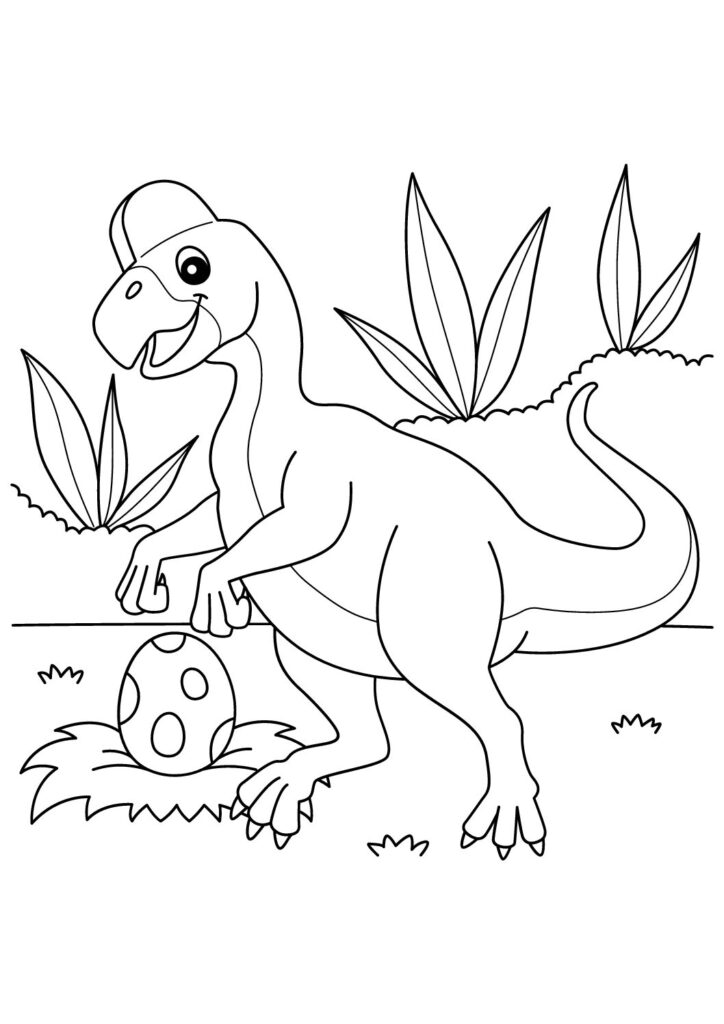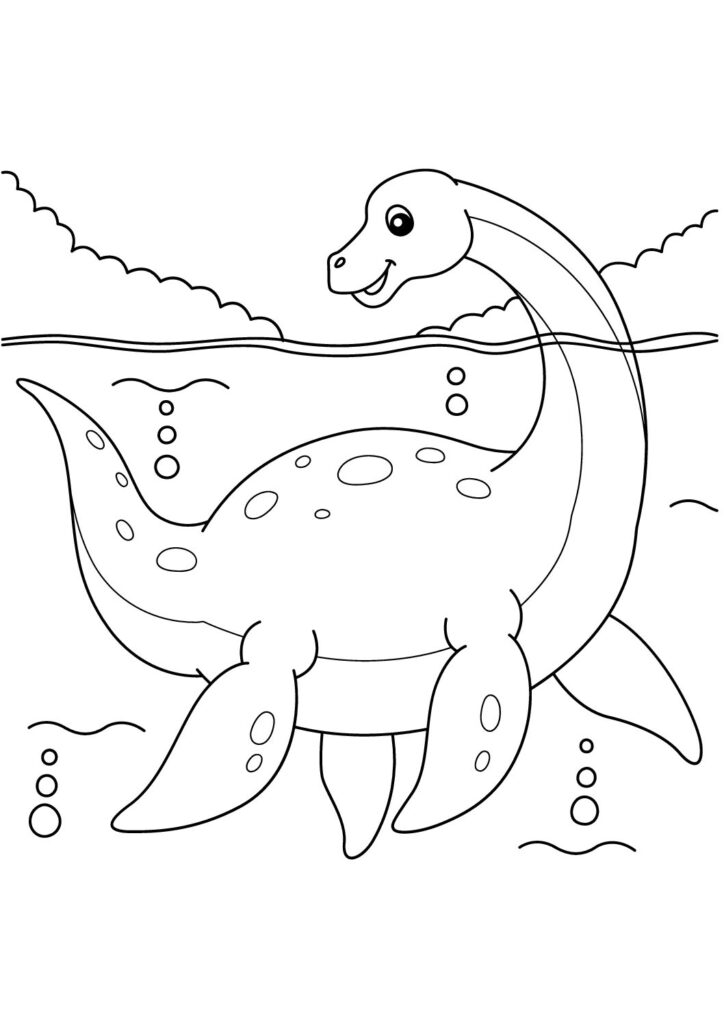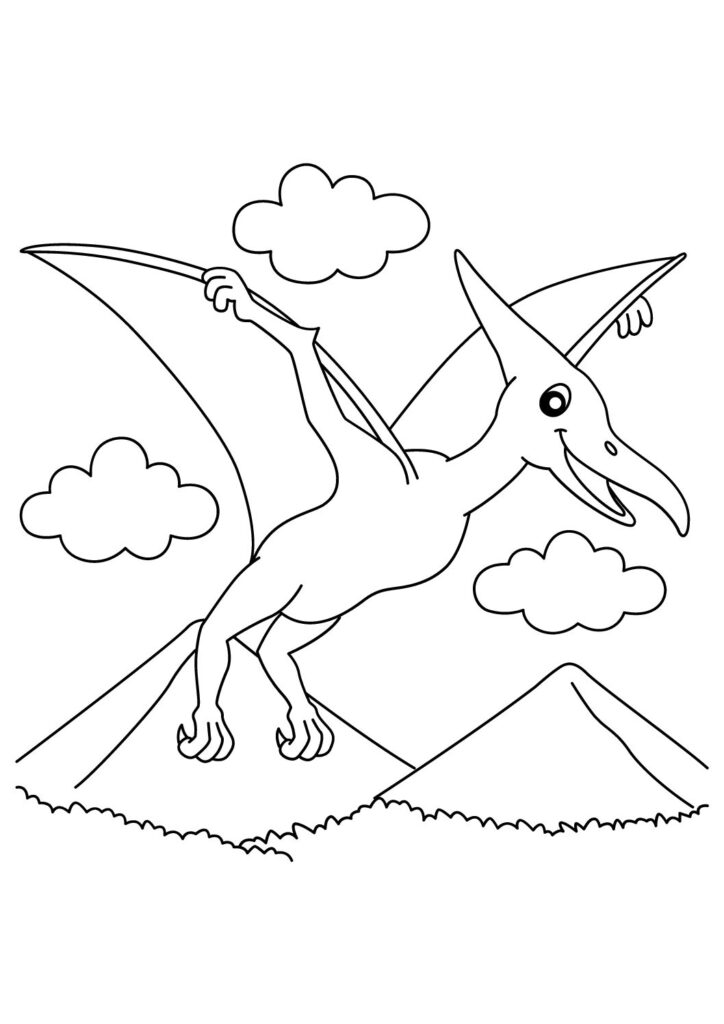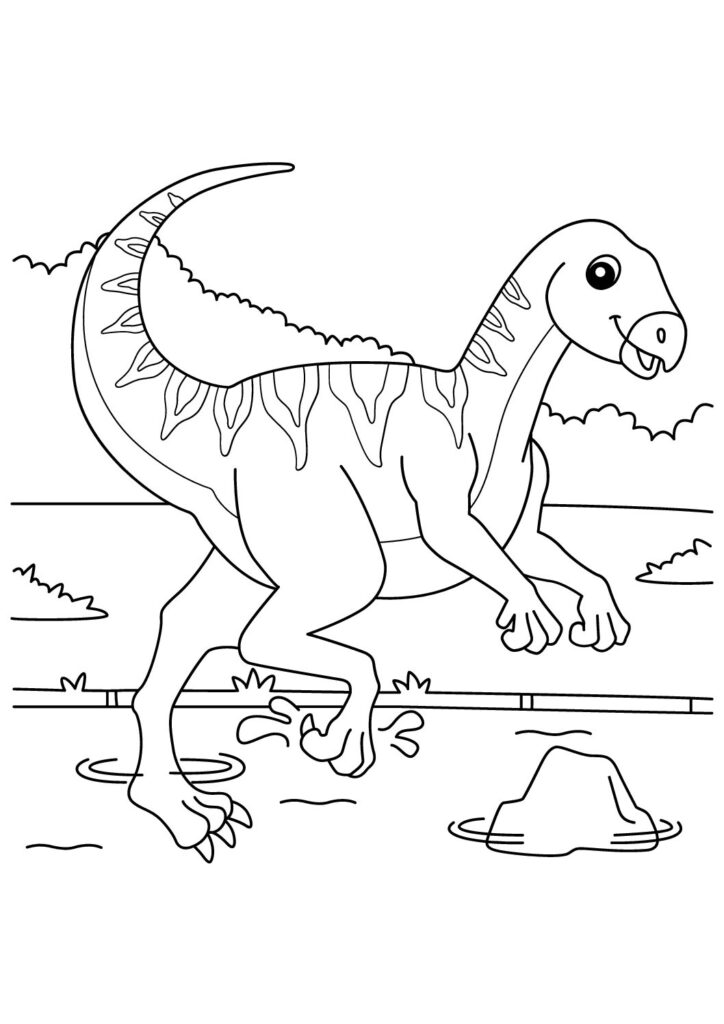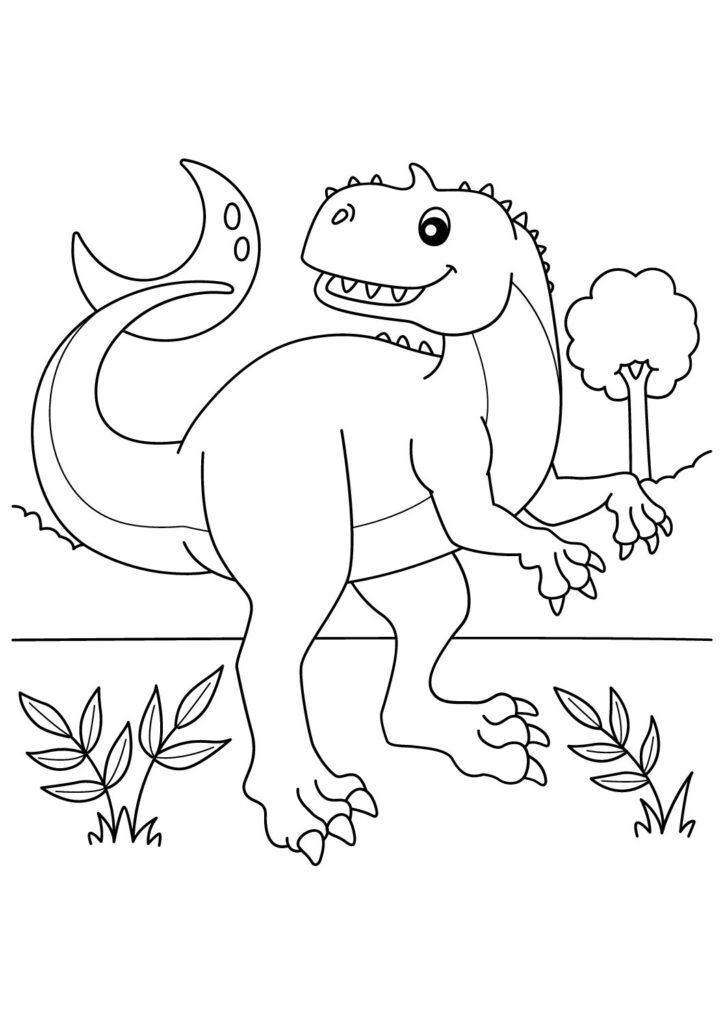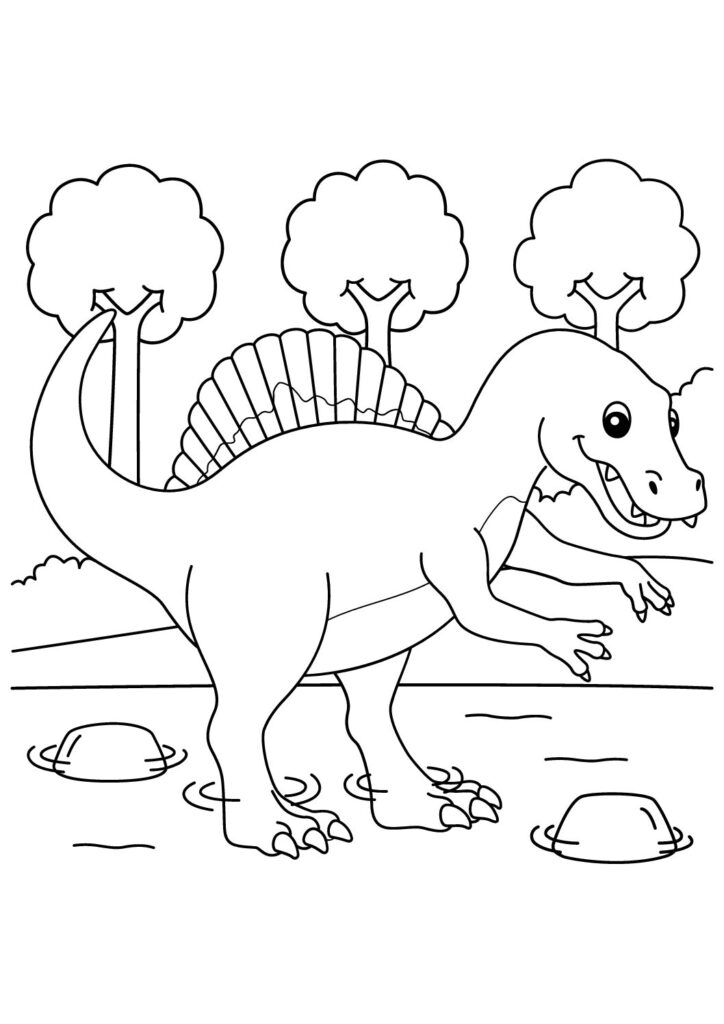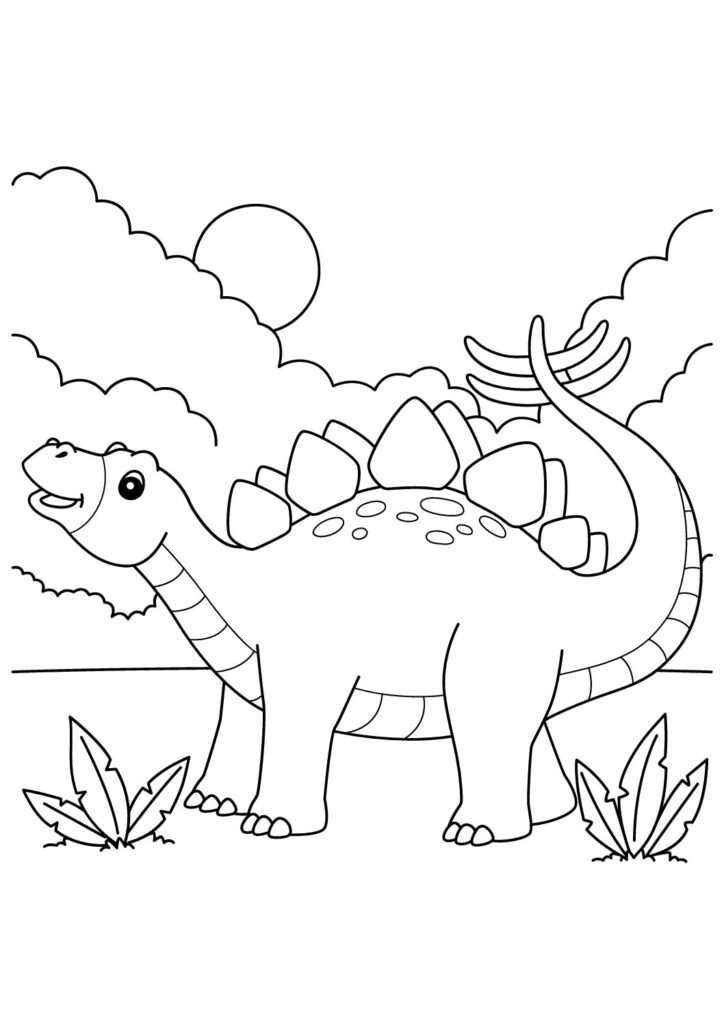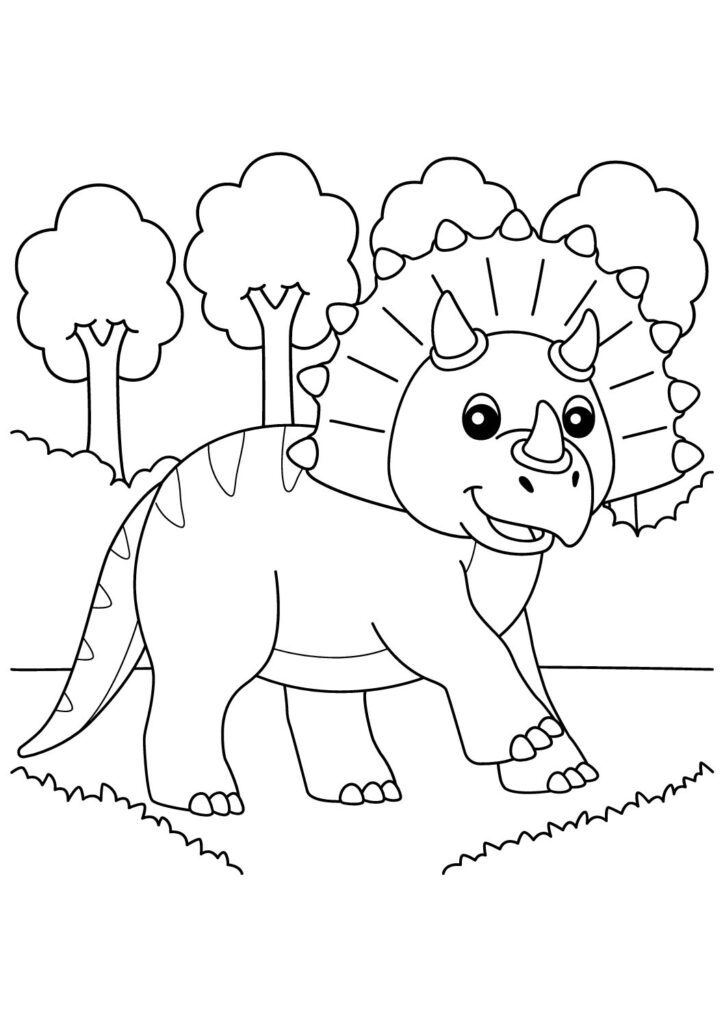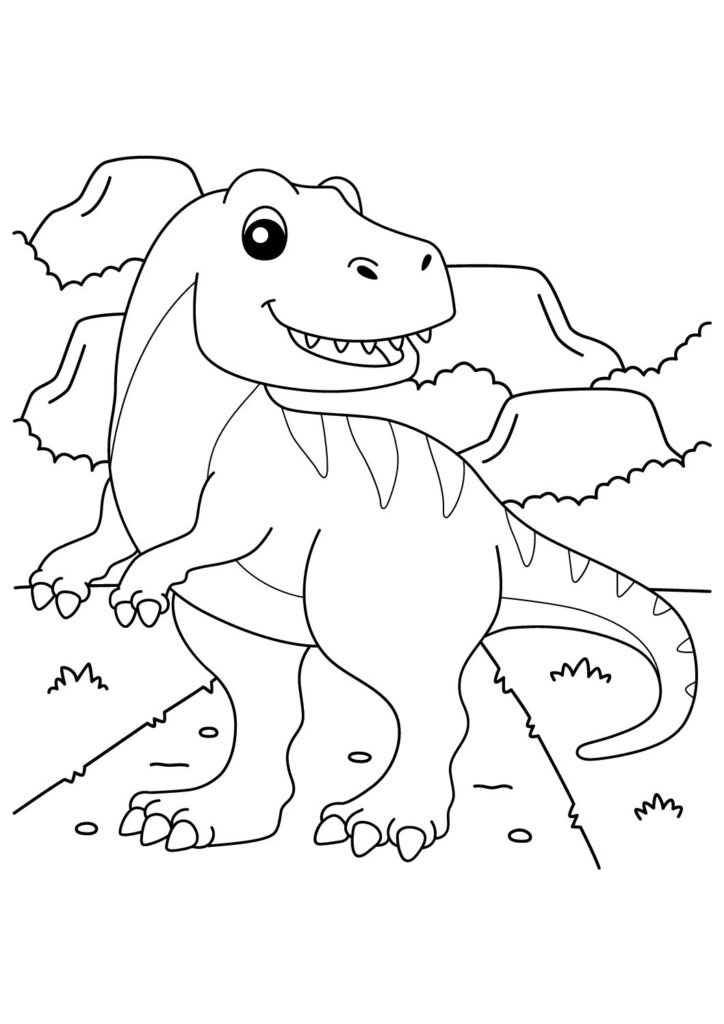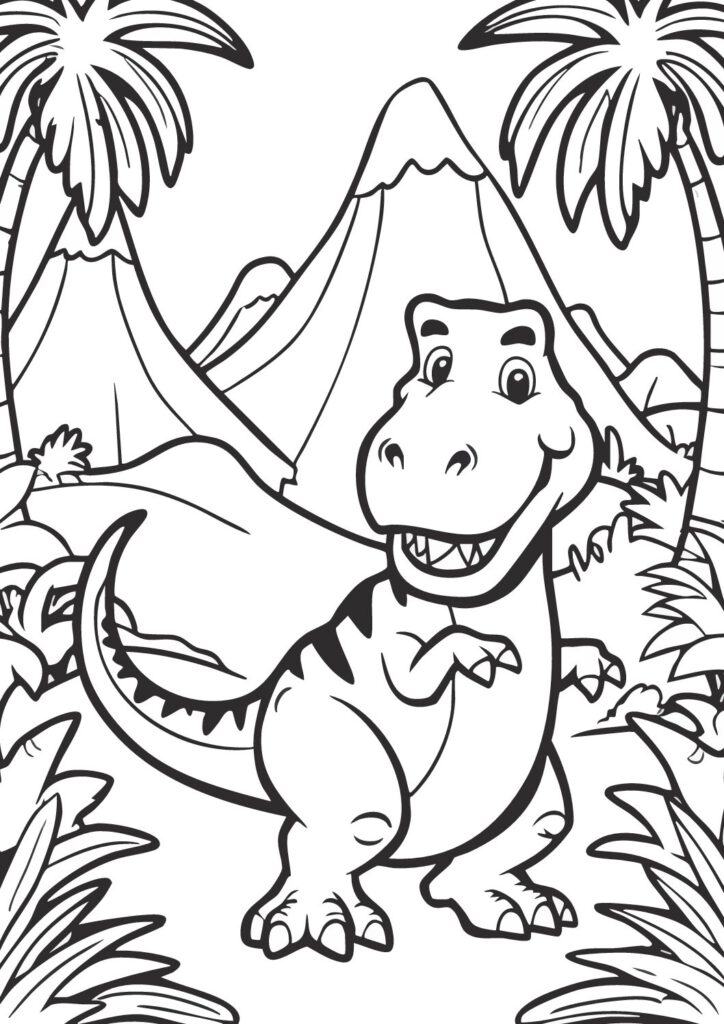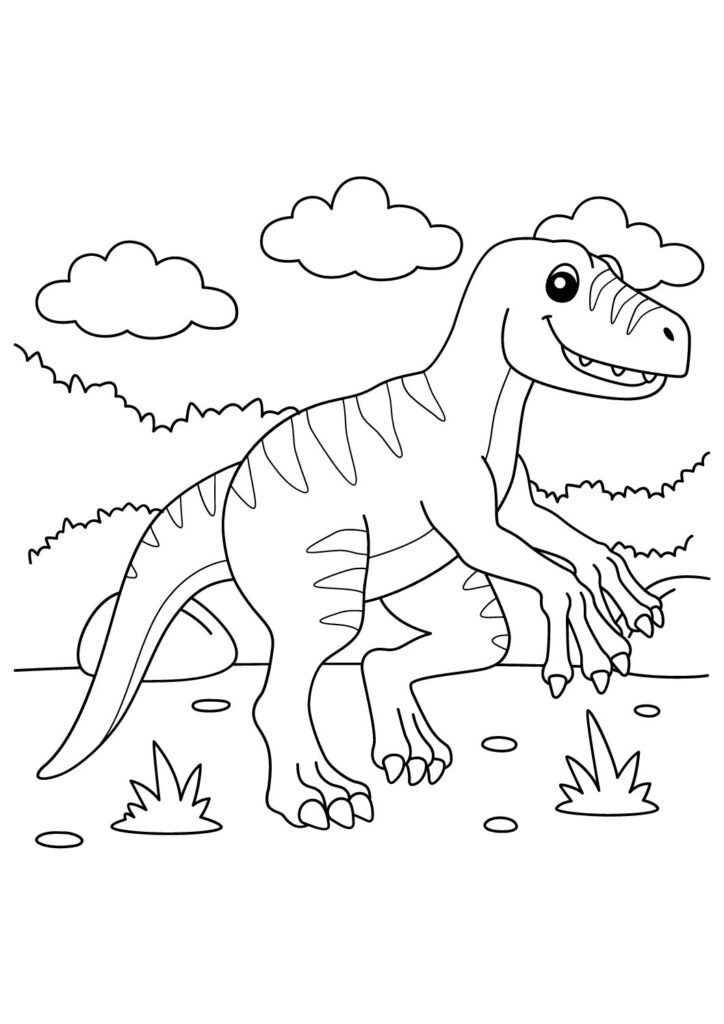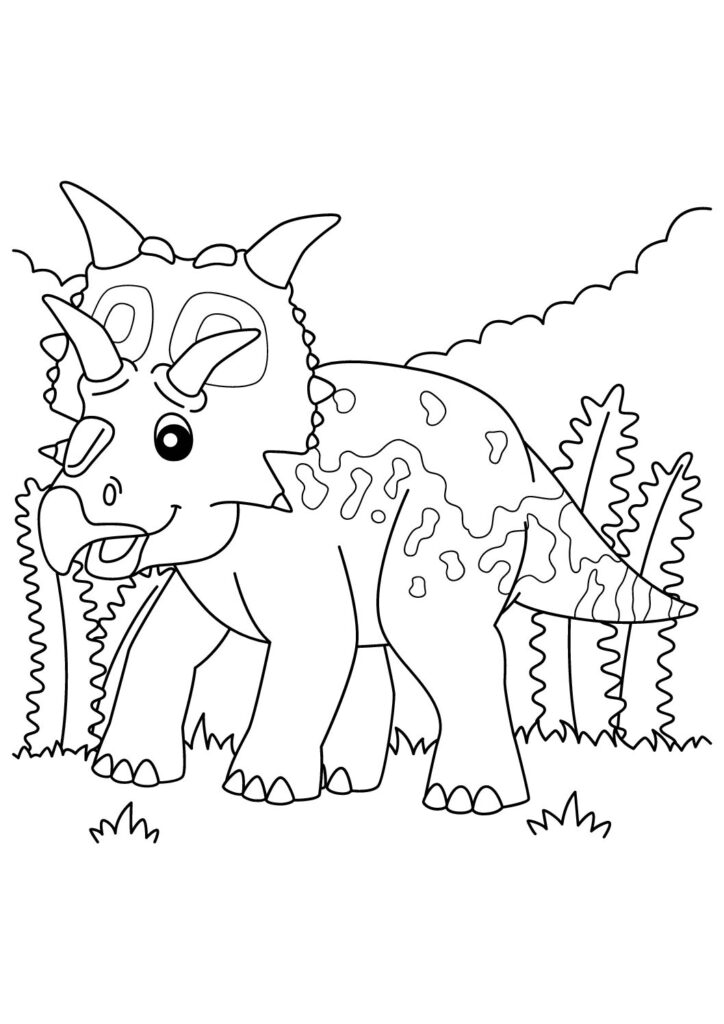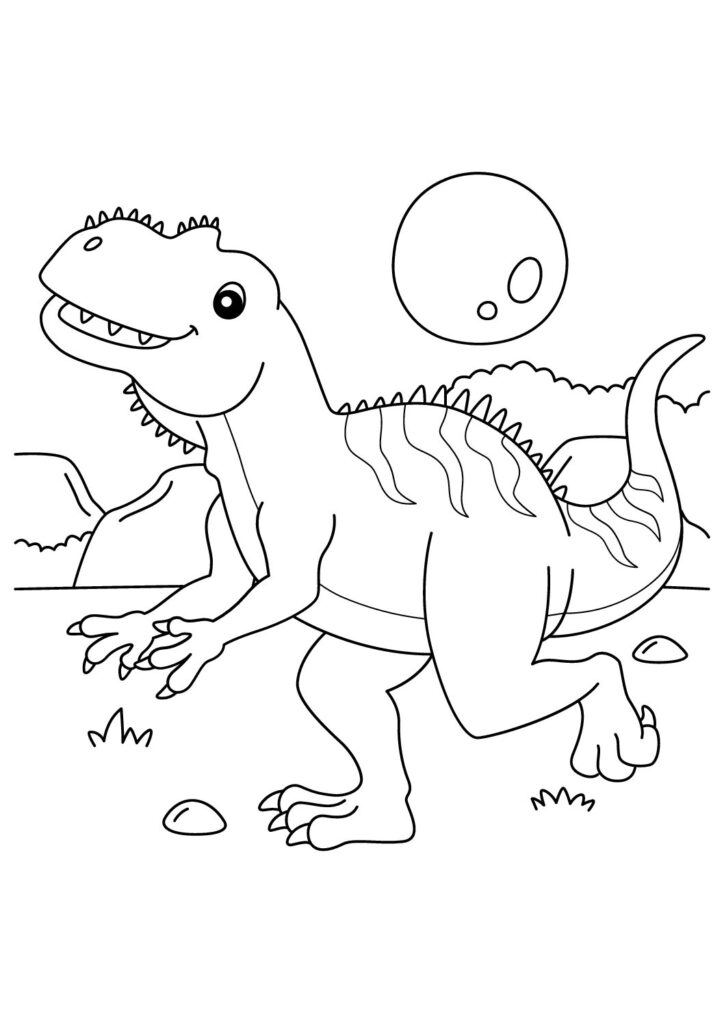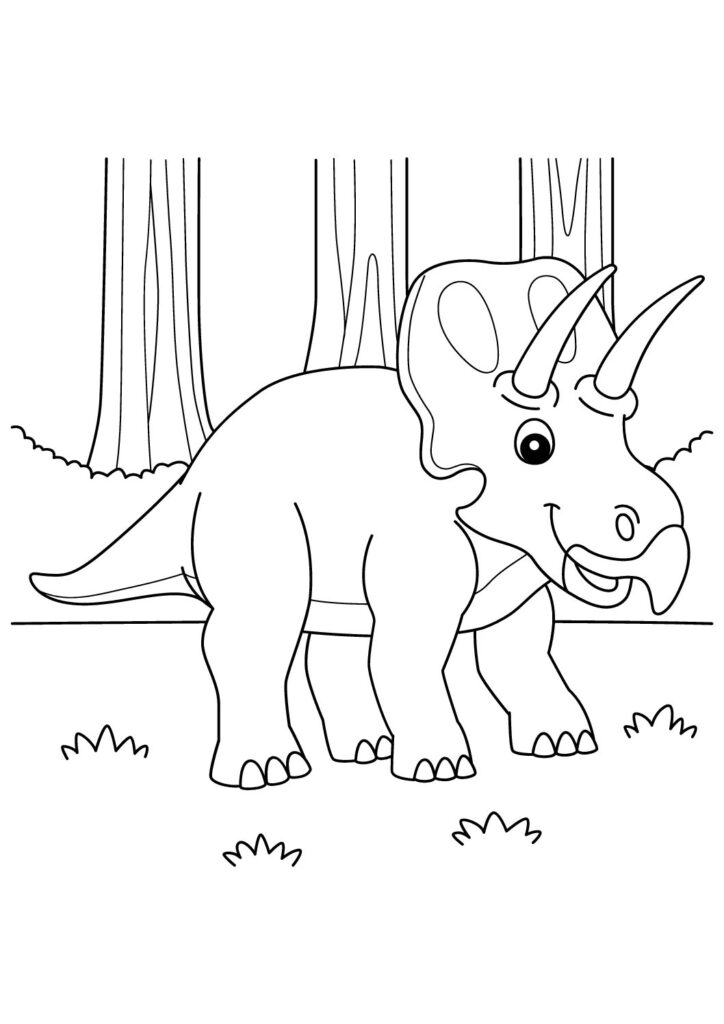1 Free Jobaria Coloring Pages for Download (Printable PDF)

Stride into our free printable collection of Jobaria coloring pages featuring these African giants in their majestic poses! Download these high-quality sheets showcasing these remarkable sauropods with their long curved necks, powerful tails, and robust bodies displaying their impressive size and strength. Perfect for kids and dinosaur enthusiasts, these detailed prehistoric coloring pages capture the peaceful nature of these plant-eating creatures known for being one of Africa’s most important dinosaur discoveries. Each printable sheet brings these amazing Early Cretaceous giants to life, highlighting their elegant necks, strong legs, and towering presence in ancient African landscapes!
Fascinating Jobaria Facts: The Complete Guide to Africa's Remarkable Sauropod
Introduction
Jobaria tiguidensis represents one of Africa’s most significant dinosaur discoveries, roaming what is now the Sahara Desert of Niger during the Middle-Late Jurassic period approximately 164-161 million years ago. This remarkable sauropod, whose name honors Jobar from Tuareg folklore—a mythical giant beast believed to inhabit the region—has provided unprecedented insights into dinosaur evolution on the African continent during a crucial period when the supercontinent Pangaea was fragmenting.
Physical Characteristics
Jobaria reached impressive dimensions of approximately 60-70 feet in length and weights estimated between 22-33 tons, placing it among medium-sized sauropods. Unlike the extreme specializations seen in later sauropods, Jobaria retained more primitive features including a shorter, more maneuverable neck with just 12 vertebrae (compared to 15+ in many sauropods), a relatively deep trunk, and proportionally longer forelimbs that created a more level back profile than many of its contemporaries.
Evolutionary Significance
Despite living during the Middle-Late Jurassic, Jobaria displays surprisingly primitive characteristics that paleontologists initially thought belonged to much earlier sauropod evolutionary stages. This unusual combination of features suggests either that Jobaria represents a relict population preserving ancestral traits, or that sauropod evolution followed different trajectories in Africa than on other continents, highlighting the importance of African fossils for understanding dinosaur evolution globally.
Remarkable Discovery
Paleontologist Paul Sereno led the expedition that discovered Jobaria in 1997 during extensive fieldwork in Niger’s Ténéré Desert. The excavation yielded an extraordinary find—a nearly complete skeleton alongside partial remains of several other individuals, potentially representing a herd that perished together. This exceptional preservation provided unprecedented insights into African sauropod anatomy during a period poorly represented in the fossil record elsewhere.
Paleoenvironment
During Jobaria’s time, Niger’s current desert landscape was a lush, tropical environment featuring expansive forests, river systems, and abundant vegetation supporting diverse dinosaur communities. This productive ecosystem allowed massive herbivores like Jobaria to thrive alongside other dinosaurs including the predatory Afrovenator and various smaller species, creating a complex food web that flourished in Africa’s equatorial region during the Jurassic period.
Cultural Connections
The discovery and naming of Jobaria represents a significant example of integrating local cultural knowledge into paleontological research. The Tuareg people of Niger had long told stories of giant creatures buried in the desert, with many fossils exposed by erosion known to local inhabitants generations before scientific expeditions. Sereno’s team acknowledged this traditional knowledge by naming the dinosaur after the folkloric creature Jobar, honoring indigenous understanding of the region’s paleontological significance.
Scientific Methods
The Jobaria expedition pioneered innovative fossil collection techniques necessary for working in the extreme Saharan environment, including rapid excavation methods and specialized protective jacketing for fragile specimens. These adaptations to challenging field conditions have influenced subsequent paleontological work in desert environments worldwide, demonstrating how extreme locations often yield exceptional scientific rewards despite logistical difficulties.
